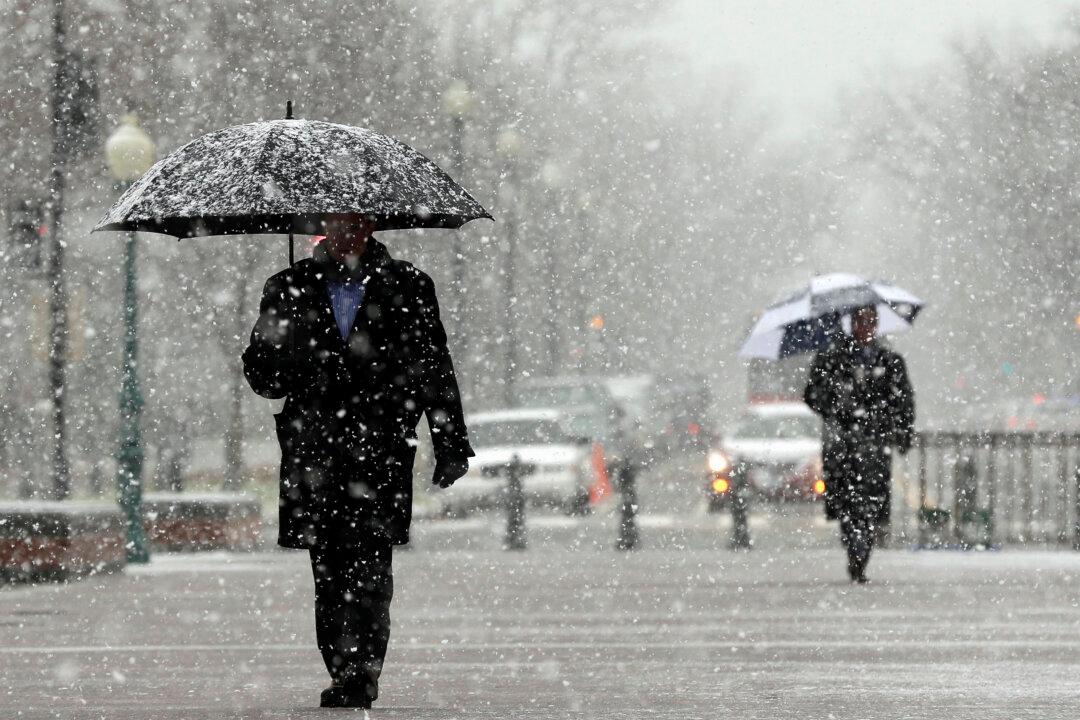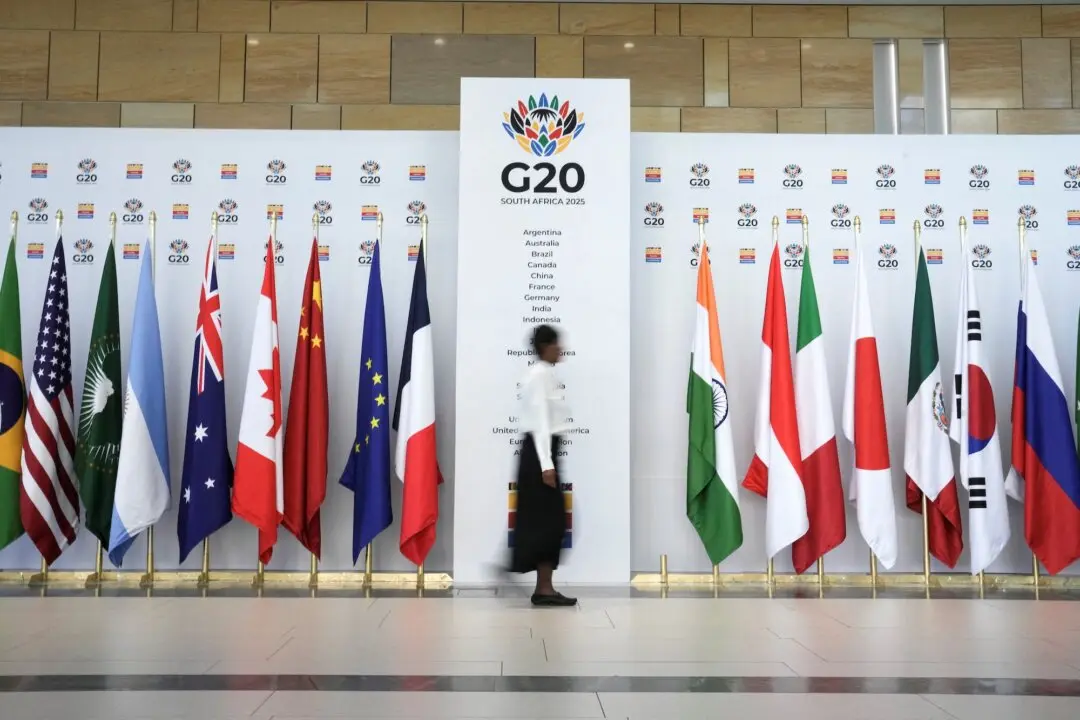Some weather experts say a polar vortex disruption could hit the United States and Canada by the end of this month or in January, bringing with it exceptionally low temperatures and unusual weather.
Judah Cohen, a climate expert at Atmospheric and Environmental Research, wrote in a Dec. 17 post titled “Arctic Oscillation and Polar Vortex Analysis and Forecasts” that the latest studies show there is a chance arctic air could push southward and in coming weeks grip much of the Northern Hemisphere in a brutal cold spell.





